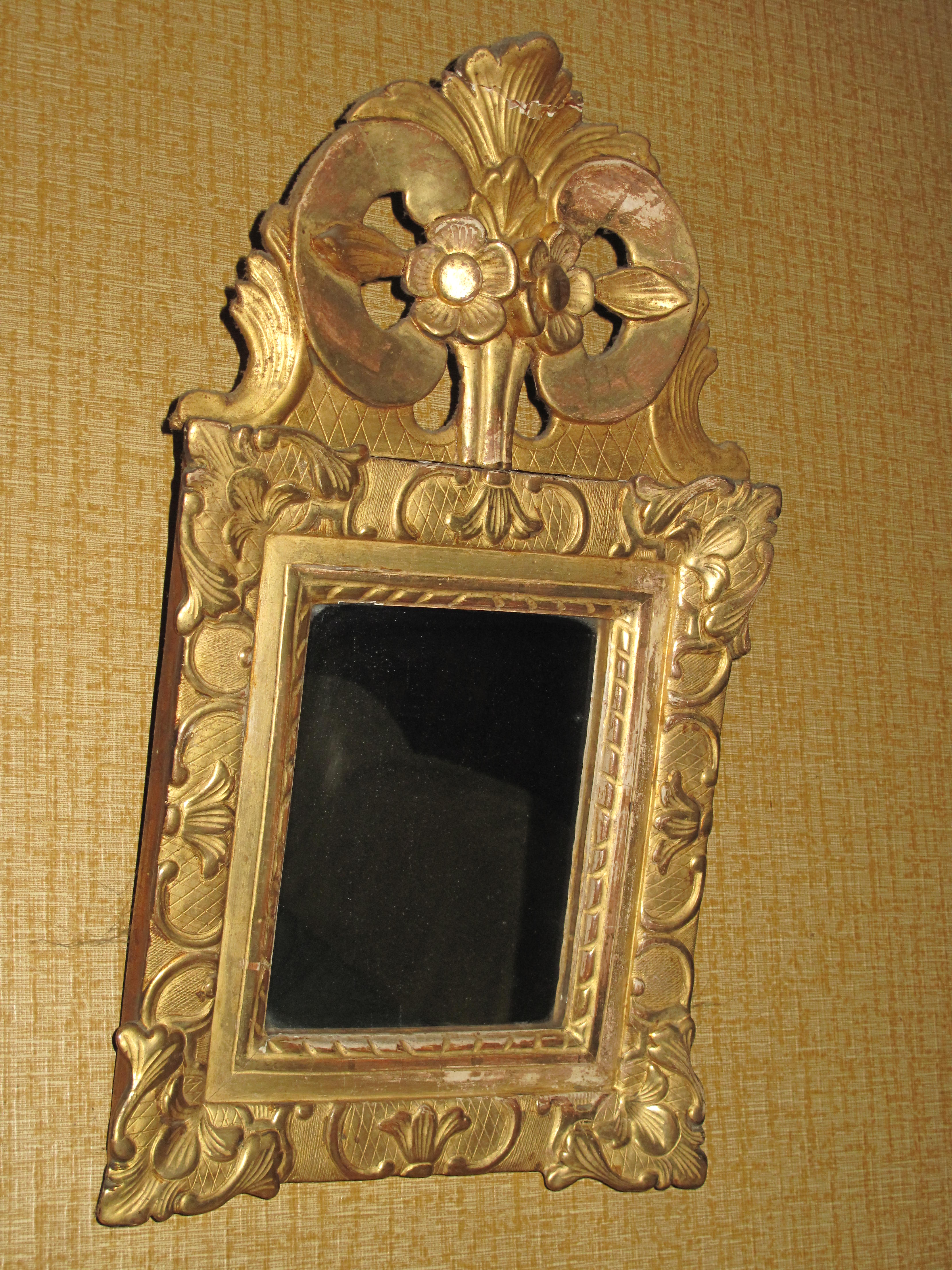
Lanyer’s Salve Deus, Mirror to Upper-Class Women

In her 10 dedicatory poems to Salve Deus—first “to the Queens most Excellent Majestie,” then as follows (her spelling): the Lady Elizabeths Grace; to all vertuous Ladies in generall; the Ladie Arabella; to the Ladie Susan, Countesse Dowager of Kent and Daughter to the Duchesse of Suffolke; to the Ladie Marie, the Countesse Dowager of Pembrooke; the Ladie Lucie, Countesse of Bedford; the Ladie Margaret, Countesse Dowager of Cumberland; the Ladie Katherine Countesse of Suffolke; the Ladie Anne, Countesse of Dorcet; to the Vertuous Reader—Lanyer refers to her poem as a “glass,” or “glasse” (a mirror) for three of them, affording this same treatment to the queen, all virtuous ladies in general, and Lady Susan, the Countesse of Pembrooke. The only two specific women who warrant the comparison of the text as meant to be a mirror for them are, then, Queen Anne and Mary Sidney, for their royal and writing prowess respectively. One *might* even assume that Lanyer put the queen first out of respect, and afforded this complement to the queen because she could not pay a higher complement to the countess than to the queen. Mary Sidney warrants 224 lines of dedicatory praise; the queen, 162 lines.
To the queen, Lanyer writes “Unless my Glasse were Chrystal, or more cleare: / Which is dum Steele, yet full of spotlesse truth, And for one Looke from your faire eyes it su’th. Here may your sacred Majestie behold … the queen’s virtues”; “your faire Virtues in my Glasse be seene. / And she that is the patterne of all Beautie”; and “then shall I Thinke my Glasse a glorious skye, When two such glittering Suns at once appeare; The one repeat with Sov’raigne Majestie, Both shining brother than the clearest cleare.” To Mary Sidney, Lanyer writes: “I here present my mirror to her view, / Whose noble virtues cannot be exempt, / My Glasse being Steele, declares them to be true” (lines 210-213). Both dedications claim Lanyer is not making the truth any more adorned or ornamented than it already is; she claims to hold up this biblical poem as a mirror to aid these women in seeing their own virtues—through the Passion story, a radical act, perhaps, in a realm which took the Bible as male-authored, male-centered and worthy of males to be preached. In the mirror image, Lanyer is claiming that she is not adding to or subtracting from reality, what was given to her to report to her dedicatees in a dream. To Mary Sidney, Lanyer may have dedicated more lines but to the queen, her reference to her beauty, her eyes (I assume) as “such glittering Suns” would allow her poem to be the (clear) sky in which the suns appear. “By acknowledging social distance, the poet bridges it, and by acknowledging humility, the poet receives the grace of excellence,” the introduction states. Here, Lanyer bridges the social difference through praise—praise well-written enough to warrant the ability to attest to, serve as a mirror for, royal beauty and upper-class writing.

